

Persona 4 Golden on the Vita was truly impressive. The game’s story and characters really hit a sweet spot for me and left me a fan of the series overall, leading me back to Persona 3 Portable and the two games’ accompanying anime releases.
The announcement of a new game in the Persona family, Persona Q: Shadows of the Labyrinth, came as a welcome surprise. The game is a little different from its predecessors, however, as it acts as a kind of crossover event featuring the characters of Persona 3 and 4 in a new adventure, framed in the gameplay style of the Etrian Odyssey dungeon-crawler series. The story sees you choose one of the two groups of Persona-users to act as your primary party and story focus, with the rest along for the ride, as well as the addition of two new amnesiac characters, Zen and Rei. Either way, you end up in a warped version of Yasogami High School (the main setting of Persona 4) with your mission to explore the mysterious dungeon that has appeared below it. By making your way deeper into this dungeon, your party hopes to unlock Zen and Rei’s memory and eventually find their way home.
Now dungeon-crawling is nothing new for the Persona series, but it does take a slightly different form this time around. In the main-series games the dungeons are randomised, varying each time you venture into them. For Persona Q however the dungeons are static – the difference is that you have to map it out yourself. The lower screen is presented as an empty grid when you enter each floor of the dungeon, with the walls in your immediate vicinity temporarily shown. The walkable floor is automatically mapped square-by-square as you move through the world, but all other detail remains unmarked. Using the stylus it’s up to you to draw out walls and doors, highlight points of interest such as chests and on-field enemies, and slowly chart your way to the next floor. Players are encouraged to pursue this cartography sub-game with special reward chests that only open after the floor has been 100% explored.
Originally this map-making element of the game is what gave me pause about Persona Q. The idea of having to manually chart out every part of the game seemed like a tedious playtime extender, but here’s the thing… It’s super fun. Who knew! Being able to mark out shortcuts, leave notes for myself and get that sense of satisfaction when I 100% a floor has become my favourite part of the game. Taking the time to do so lets you level up at the same time, taking the focus away from grinding and redirecting it to drawing a bunch of lines on a grid. It’s a surprisingly simple but smart design decision that really gives this game – and by extension, the Etrian Odyssey series – something new to make this game stand out from other RPGs to new players.
That’s not to say the combat side of gameplay is poor by comparison. Battles are presented as a melding of traditional Persona and Etrian Odyssey combat. Enemies are presented as 3D models on a 2D plane (think of the way Dragon Quest battles are laid out), and as such battles are mostly shown from a fixed angle. Each of your five party members can take actions, plus special skills that can be activated by your ‘navigator’ character to assist them. The series’ confusing-when-you-start-out move names continue to be used (of course ‘Agi’ means ‘fire attack’, OBVIOUSLY). Each character’s combat style is carried over from their main games; P3’s Junpei and Protagonist use swords, P4’s Yukiko uses fans, and so on.
Their Personas (essentially summon spirits tied to their personal identity) remain the same as well, but with a twist. Where previously only the protagonist characters could use more than one Persona, the entire party can now utilise both their main Persona as well as a ‘Sub’ Persona. The Sub allows each character to augment their skillset and stats using one other Persona you collect through combat. This allows you to diversify your party’s skillset, but also lets you override their base-level usefulness. If you like both Chie and Akihiko but don’t want to overload your party with brawler-type, non-magic-using characters, you can give them subs that provide magic or status effect skills to make them more broadly useful. It’s a smart move that allows you to play with your favourite party members, without shooting yourself in the foot.
After all, that’s what this game boils down to – fanservice. It’s an opportunity to spend more time with the characters and world you love, and that’s not a bad thing! The game takes care to respect the characters it’s presenting, and doesn’t twist them to fit the new setting. While they may not be as nuanced as they were in their respective games, the core of each character persists. Chie loves meat, Shinji’s a meathead (with a flair for crafts). Akihiko loves to brawl and Junpei is a goofball who thinks he’s the hero of the story. The simplified natures of the characterisations are reflected in the game’s art style with the party presented as simpler, caricatured versions of their normal character models (which makes them 100% more adorable, just FYI). For the most part the original voice cast returns as well – any exceptions to this are good enough sound-alikes that they didn’t immediately set off any warning bells in my mind.
Whilst this game is aimed at fans of Persona 3 and 4, it’s not unplayable for newcomers to the franchise. Nods are made to each game’s plot and events, but it’s more to add flavour than to inform the events of Persona Q. The main challenge may be in the rapid influx of characters. I played the Persona 4 side of the story as I’m most familiar with that game, and the early events present the whole party all at once – which is fine if you know who they are. By contrast, I’m less familiar with the Persona 3 cast as I’ve not finished the game – so when the full party showed up at once, it was a bit of an overload. Why is there a dog and a robot lady in the party? I have no idea! Introductions are made in an attempt to ease this, but it’s still a bit jarring without previous knowledge.
All in all, the game is a solid experience with plenty of rewards for pre-existing fans of the franchise. The gameplay presents a fun mishmash of the familiar and the new, and rewards diligence in new and exciting ways. I’m looking forward to running through the complete story of Persona 3 before tackling that side of Persona Q, so I can fully enjoy what’s been created here. Now get out your compass and start mapping!
Persona Q: Shadow of the Labyrinth was reviewed using a promotional copy of the game on Nintendo 3DS, as provided by the publisher.

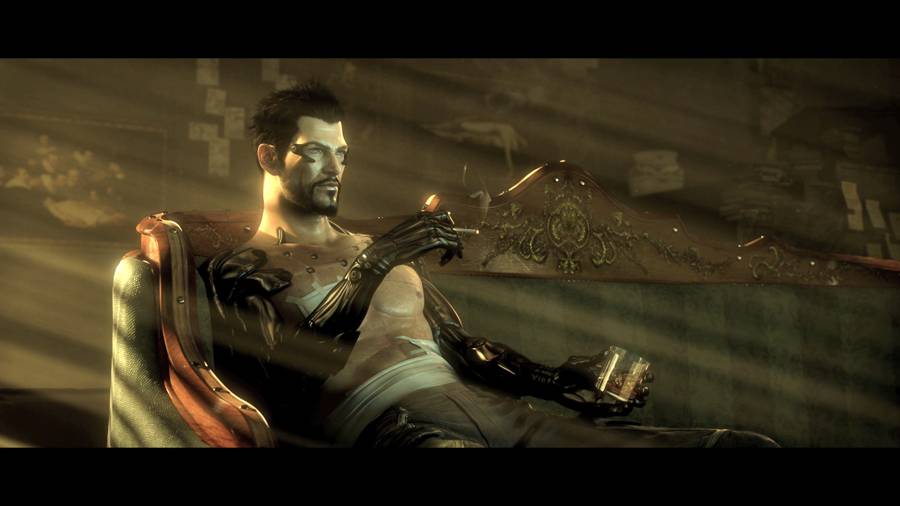
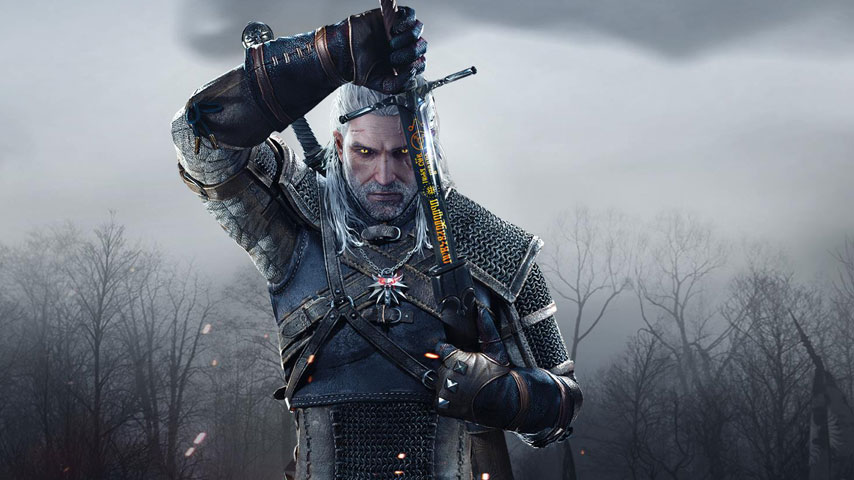
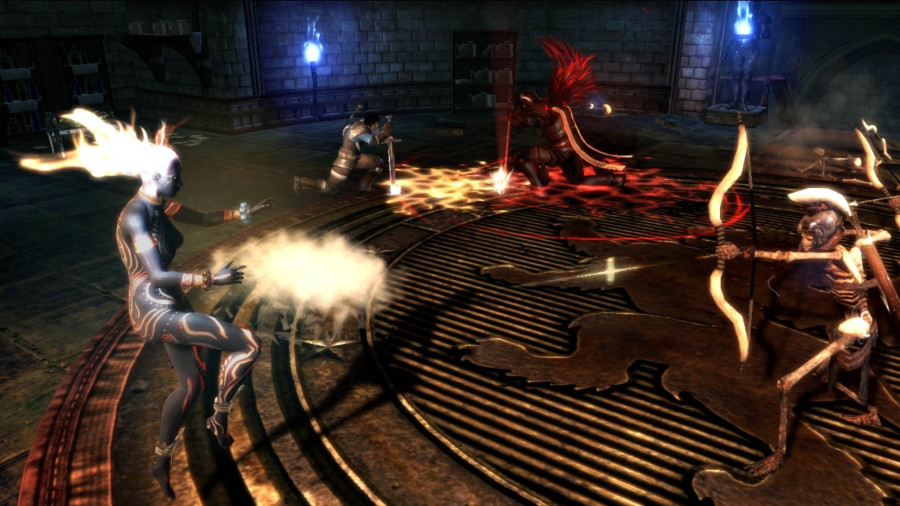
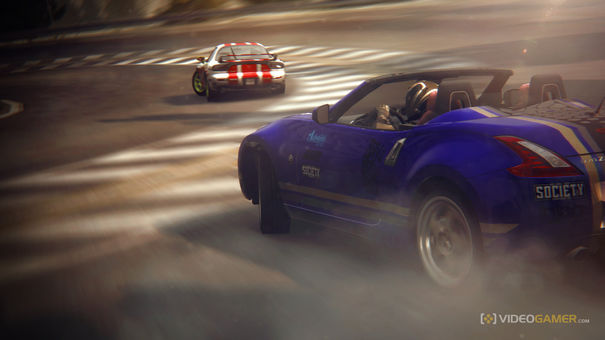 Heads
Heads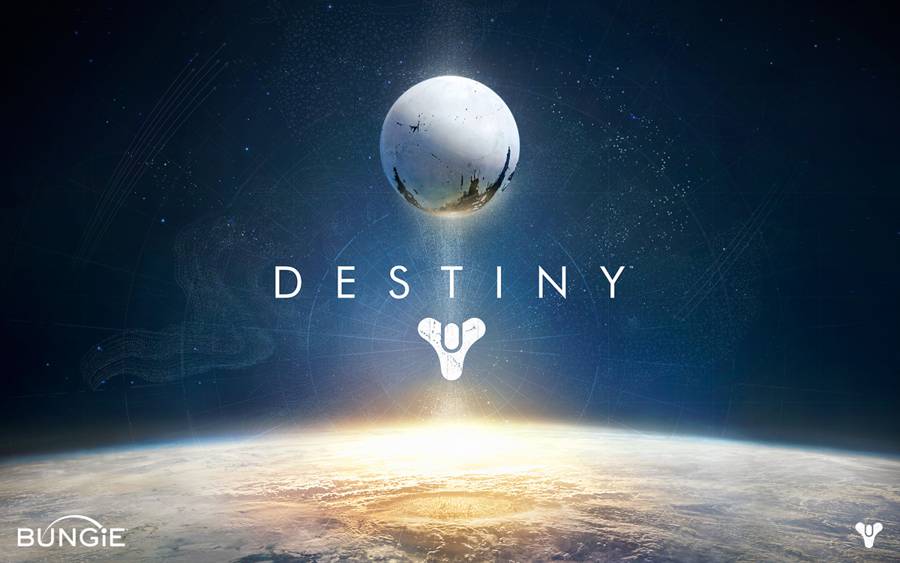 Destiny Guide: How To Switch Your Sparrow And Ship
Destiny Guide: How To Switch Your Sparrow And Ship Torchlight 2: Ravage Raze Berserker Build Guide
Torchlight 2: Ravage Raze Berserker Build Guide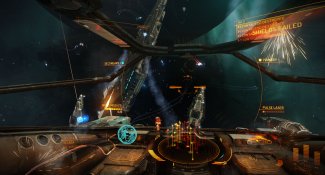 Frontier on the constant evolution of Elite: Dangerous
Frontier on the constant evolution of Elite: Dangerous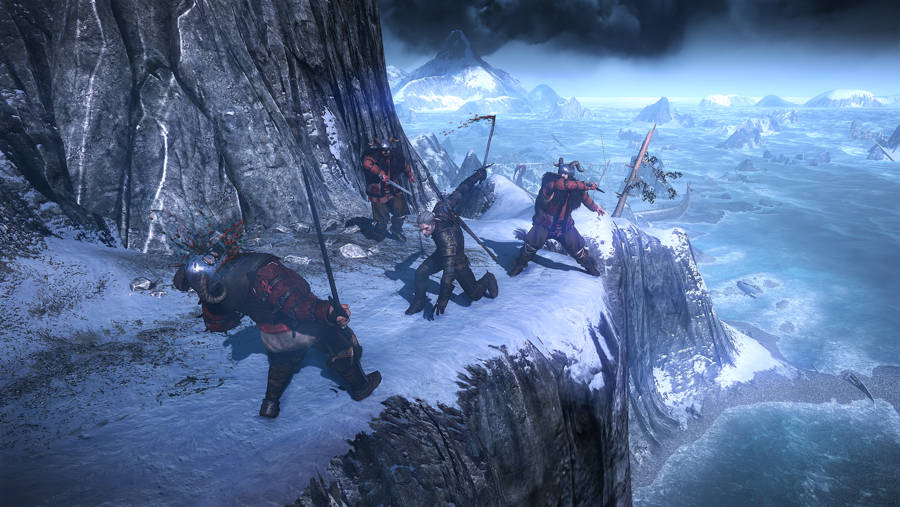 The Witcher 3 Guide: Skellige Side Quests, Hidden Treasures & Witcher Contracts Guides
The Witcher 3 Guide: Skellige Side Quests, Hidden Treasures & Witcher Contracts Guides